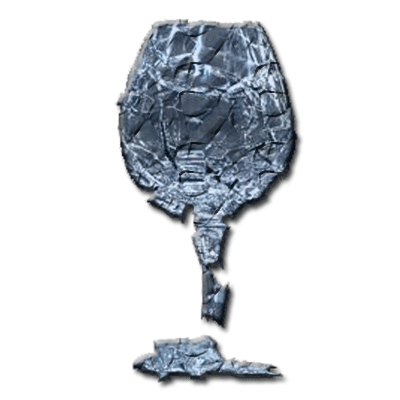
Midface Smash
Smash fractures constitute otherwise unclassified extensive comminuted facial fractures that occur from high-impact trauma. These fractures are associated with extensive intracranial injuries given their mechanism of occurrence. Smash fractures have been subdivided into multiple categories including frontal smash, nasoethmoid smash, central midface smash, and total craniofacial smash.
Scrollable Stack Images

Images show a midface smash pattern with comminuted fractures of the nasal bones, nasal septum, maxillary sinuses, and medial orbital walls. Bony fragments of the comminuted maxillary sinuses are superiorly displaced and abut both inferior rectus muscles, consistent with a blow-in fracture pattern. Bony fragments from the right lamina papyrecea come in close proximity to the right medial rectus muscle. Disruption of both nasolacrimal ducts is seen. Hemorrhage of the ethmoid and right maxillary sinuses and orbital emphysema are seen. Fractures are seen extending superiorly from the nasal bones to involve the inferior walls of the frontal sinuses bilaterally, with possible involvement of the cribriform plate. No pterygoid plate or zygomatic fractures are seen.
Static 2D
 |
 |
 |
 |
| Click to enlarge | |||
Static 3D
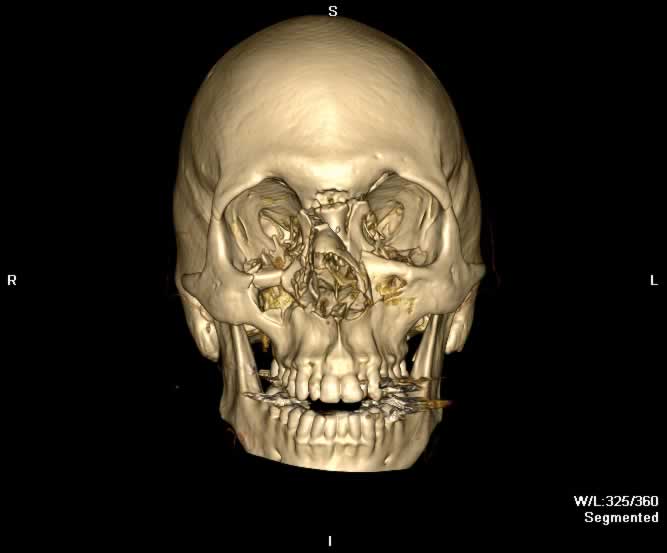 |
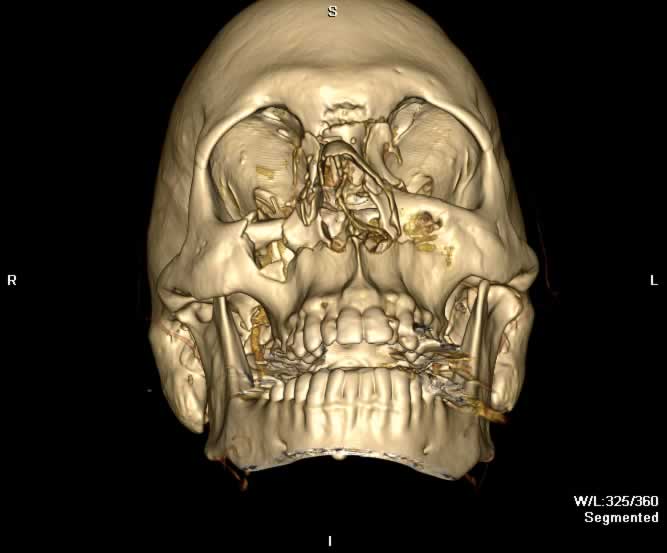 |
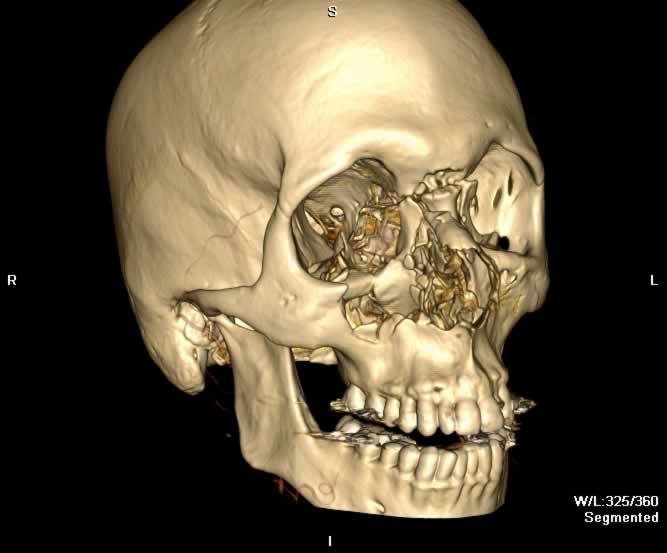 |
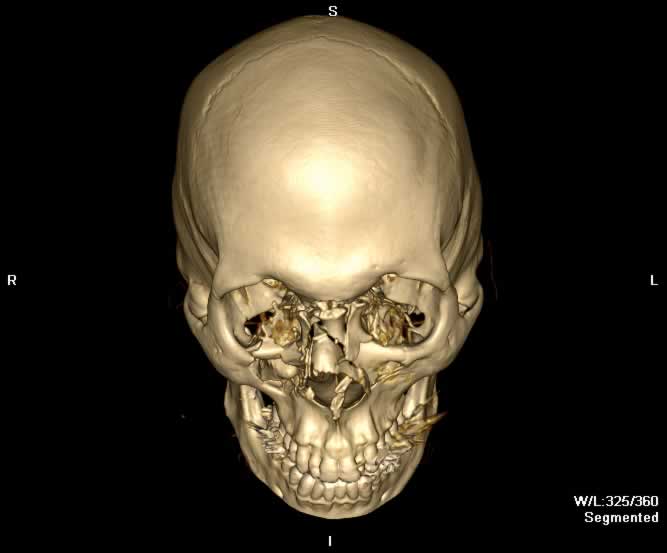 |
| Click to enlarge | |||
Rotating 3D

Return to top
Axial image demonstrates depressed fractures of the anterior walls of both maxillary sinuses. Fractures of the medial maxillary walls and nasal bones can be appreciated. The pterygoid plates are intact.

Return to top
A more cephalad axial image demonstrates comminuted nasal bones, anterior and medial maxillary walls, and nasal septum. Disruption of both nasolacrimal ducts is seen. Hemorrhagic opacification of the ethmoid sinuses can be appreciated.

Return to top
Coronal image demonstrates blow-in fractures of both lamina papyrecea. A large right orbital floor fracture is seen. Fractures of the nasal septum and medial walls of the maxillary sinuses can be appreciated. Bilateral orbital emphysema is seen.

Return to top
Midsagittal image demonstrates fragmentation of the nasal bones and septum. A fracture of the cribiform plate can be suspected from a locule of air along the gyrus rectus.

Return to top

Return to top

Return to top

Return to top
Friends
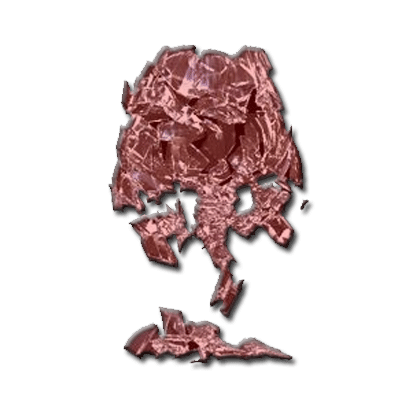 |
Total Smash |
Groups
 |
Orbital Fractures |
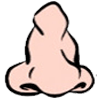 |
Nasal Fractures |
 |
Tripod Fractures |
 |
LeFort Fractures |
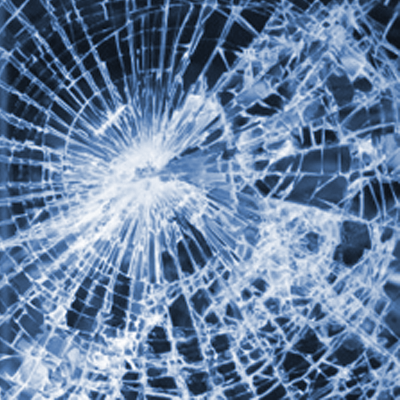 |
Smash Fractures |
 |
Mandibular Fractures |